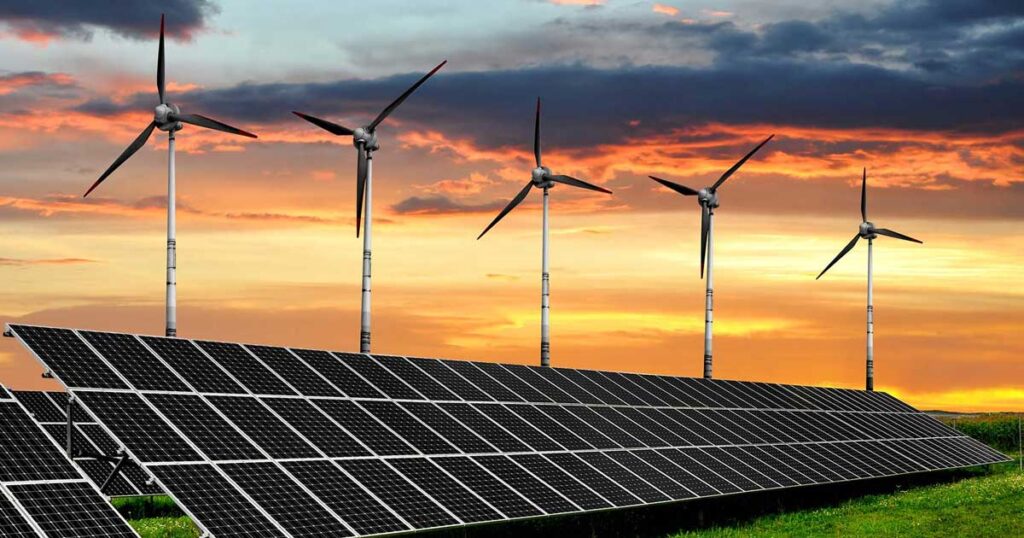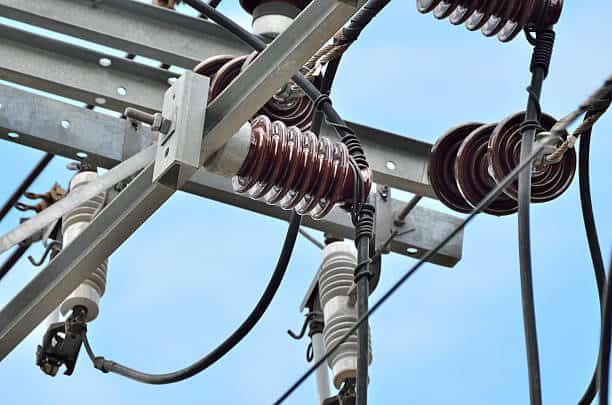
Power electronics are a critical technology that enables the efficient and reliable integration of renewable energy sources into the grid. It involves the conversion, control, and management of electrical power. This is especially true in applications involving direct current and alternating current power. South America is experiencing rapid growth in renewable energy adoption. Power electronics can ease the efficient control and distribution of electricity for energy transition. Power electronics enable grid integration, energy storage integration, and smart energy management. Countries like Chile and Brazil have the highest solar irradiance levels for solar generation. For instance, the Atacama Desert solar farms enjoy high-efficiency inverters and tracking systems. Power electronics enable turbines in wind power to adapt to varying wind speeds and improve grid compatibility. A power line insulators plays a crucial role in the infrastructure that supports renewable energy generation and distribution.
Power line insulators prevent electrical arcing and short circuits, which contributes to the reliability and efficiency of power systems. This is important for the integration of renewable energy sources like solar and wind power. Power line insulators are the backbone of the infrastructure that enables the systems to function effectively. The insulators prevent electrical current from flowing to the support structure. This is to reduce the risk of electrical accidents and outages. By supporting the reliable transmission of electricity from renewable energy sources, the insulators contribute to the integration of these sources into the grid. Here is the importance and role of power electronics in renewable energy and the function of power line insulators.
Role of power line insulators in power electronics for renewable energy
Power line insulators ensure the safe and efficient transmission of electricity in renewable energy systems. With the growing renewable energy sector in South America, the insulators ensure the reliability and stability of power infrastructure integrated with advanced power electronics. Power line insulators provide electrical isolation, mechanical support, and resilience under diverse environmental conditions. There are several innovations in power line insulators that support renewable energy. These include composite insulators, hydrophobic coatings, and integrated monitoring systems. The following are the functions of a power line insulator in power electronics in South America.

- Electrical isolation – the insulators prevent the flow of electric current to supporting structures. This helps to ensure safety and reduce energy loss. They are also essential for high-voltage transmission lines carrying power from remote renewable energy plants to urban centers.
- Mechanical support – power line insulators support the weight of conductors and withstand environmental stresses. These conditions include wind, storms, and seismic activity.
- Enhancing systems efficiency: the insulators maintain consistent insulation under variable environmental conditions. This helps to reduce power losses and ensure compatibility with power electronics systems.
- Supporting grid integration – renewable energy systems rely on power electronics for grid integration. This involves high-voltage DC or AC lines. The insulators ensure the connections remain stable and protect them from electrical faults.
Significance of power electronics in renewable energy systems in South America
Power electronics help in the expansion and optimization of renewable energy systems in South America. They ensure efficient energy conversion, seamless grid integration, and improved system reliability. The adoption of innovative and robust power electronic systems will ensure a reliable, efficient, and inclusive energy future. However, they face challenges such as high costs, skill gaps, and aging infrastructure. They have opportunities like localized manufacturing, emerging technologies, and policy support. This can promote greater integration of advanced power electronics in South America. TTF is a world-class global provider of high quality overhead line hardware, transmission hardware, distribution hardware, conductors, insulators, cutout switches, anchoring and grounding products. The following is the importance of power electronics in renewable energy in South America.

- Rising renewable energy investments – countries in Brazil, Chile, and Argentina are expanding their solar and wind capacity. Power electronics help in the integration of these resources into national grids.
- Decarbonization goals – many South American countries have committed to reducing greenhouse gas emissions. Power electronics enhance the efficiency of renewable systems to support the climate goals.
- Energy access in remote areas – power electronics ease off-grid and hybrid renewable energy solutions, which bring power to remote areas. This is because many rural and isolated communities still lack access to reliable electricity.
- Environmental factors – the diverse geography in South America demands efficient energy transmission and management over long distances. The region is characterized by remote deserts like the Atacama Desert and windy regions like the Patagonia.